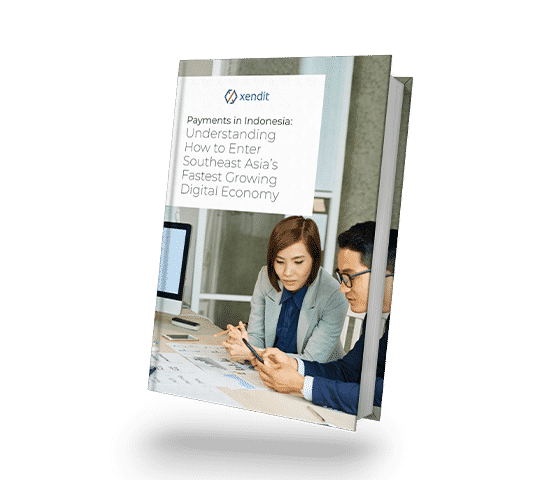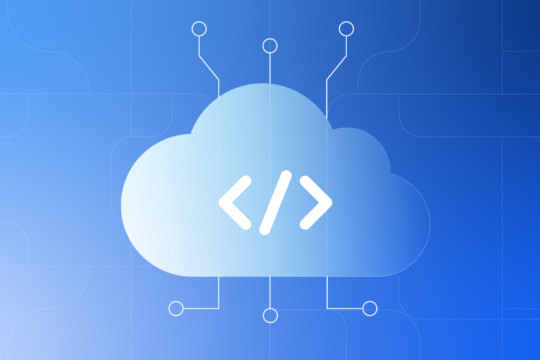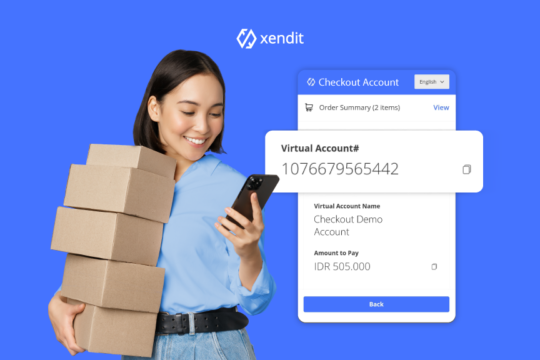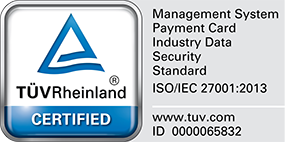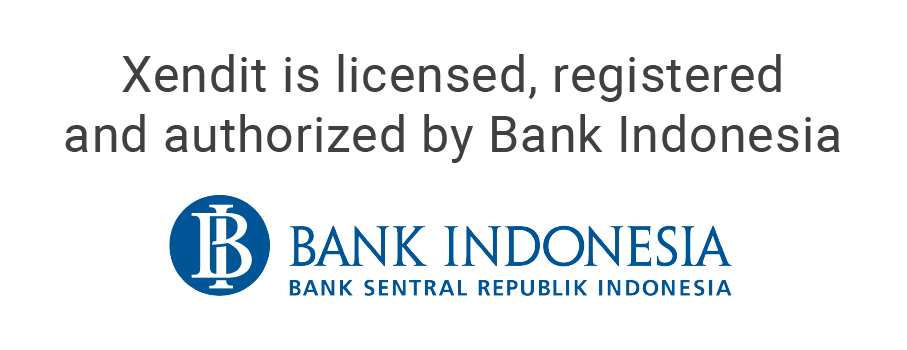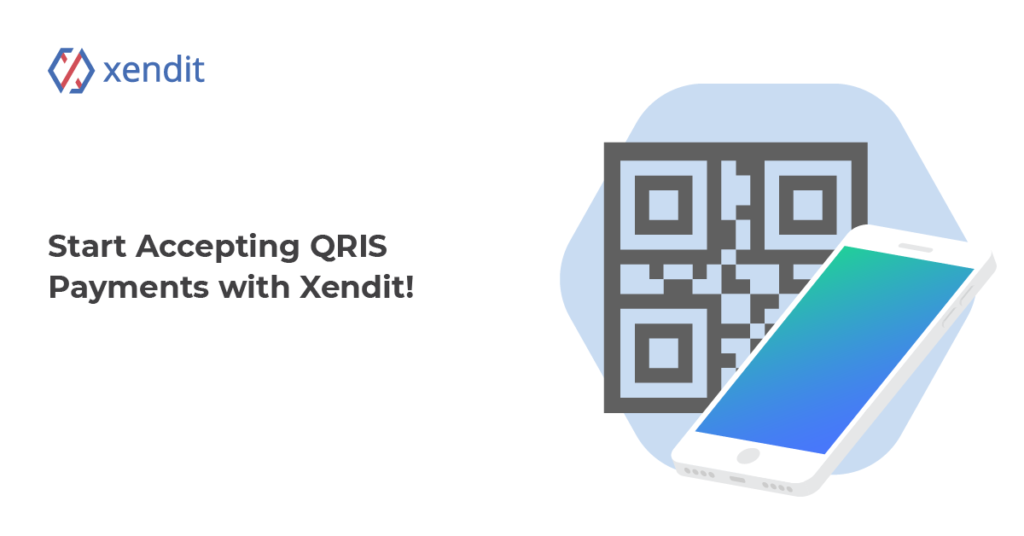
Payment acceptance at offline merchants has always been a challenge with the need to handle multiple EDCs, multiple technical integrations and hardware maintenance. Often, merchants will find it costly to implement payment solutions and continuously integrate to keep up with developments in the payments space.
Our integration with QRIS now allows your customers to pay seamlessly from top eWallets (OVO, Gopay, DANA, LinkAja, ShopeePay) and top mobile banking applications (BCA, CIMB). This is in line with the initiative by Indonesia’s central bank, Bank Indonesia (BI) to roll out the QR code standardization called QRIS (Indonesian Standard QR Code) earlier this year.
QRIS Solution
1. Solution for offline transactions, enhancing online transactions
With QR codes, merchants with offline presence can now accept more than just cash. QRIS opens up eWallet channels (the fastest growing payment method) and mobile banking channels (the biggest market reach) to our merchants. End users just have to – start application > scan QR > authorize payment.
QRIS can enhance online payments as well. For customers who are using desktop devices, the payment journey can be simplified to scanning QR codes as opposed to manual input of details.
2. One integration – multiple payment channels and future proofing
From a technical standpoint, the key advantage of using QRIS is that a single integration opens up multiple payment channels. Furthermore, it future proofs your business – as and when new eWallets or mobile banking apps are connected to QRIS, it will automatically be enabled for your business.
3. Competitive cost, better service
QRIS rates are regulated by the central bank of Indonesia, see pricing here. This pricing would definitely benefit merchants as it is relatively cheap compared to other payment methods. Also, a fixed price means that QRIS acquirers need to compete on good product features and service (Xendit would definitely excel in those aspects!)
How does it work?
Xendit’s QRIS solution was designed to provide merchants with flexibility based on their business. That is why we are providing merchants with the capability to create both dynamic and static QR payment codes.
- Dynamic QR Codes
Dynamic QR code is a QR code which already contains a defined payment amount. End users just have to scan and authorize the transaction. After one use, the dynamic QRIS will expire.
Dynamic QR code usually requires merchants to have a system that can generate QR codes on the fly. Although it might be more expensive, payments can be easily tracked and will be more accurate as human errors are removed.
- Static QR Codes
Static QR code is a QR which does not contain any payment amount. End users have to scan, input payment amount and authorize the transaction. Static QRIS does not expire and can be paid multiple times.
Static QR code usually only requires the merchant to display a fixed image of the QR code. The implementation is really easy and relatively low cost, but at the expense of payment accuracy or having the need to visually check the payment amount.
Depending on your business use cases, having the flexibility to use both could be very beneficial – e.g. dynamic QRIS for business-as-usual transactions and static QRIS for marketing/ sales events.
Use Cases
F&B and Retail stores – by using dynamic QR codes at point of sales, merchants can collect payment quickly and avoid the hassle of cash management. Dynamic QR codes also empower merchants with the ability to automate their ordering and payment process.
Unmanned services/ devices – for vending machines or unmanned counters, dynamic QR codes can help to ensure accurate payments and collection without the need for human interventions.
Cash on delivery collections – instead of asking your logistic providers to collect cash from your end users, use static QR codes to collect open amounts from end users. Reduce the hassle and risk from collecting cash and depositing back to your account.
Physical events – for events which require quick turnaround on setup, static QR codes can provide businesses with the ease of implementation. For sale events/ charity events/ parties, static QR codes can definitely help.
How to Get Started
Getting started is really easy. New customers would just need to sign up with Xendit dashboard, and they can start testing our endpoints immediately. Activation of the product takes about 5 working days, so it will be ready to go live in about 2 weeks.
For existing Xendit customers, you can activate QRIS by activating LinkAja payment methods from your dashboard and we will activate your account for both QRIS and LinkAja ewallet. If you have LinkAja activated, you can activate QRIS by getting in touch with our account manager or our friendly customer success team.
Integrate with Xendit Today!
Accepting payment methods preferred by your customers can help to increase conversion and revenue for your business. With Xendit, in addition to QR codes, easily enable payment methods such as e-Wallets, virtual accounts (bank transfers), credit / debit cards, retail outlets and even cardless credit. Get started fast with no set up or monthly fees.
Find out more about Xendit, or sign up to try our dashboard today!

